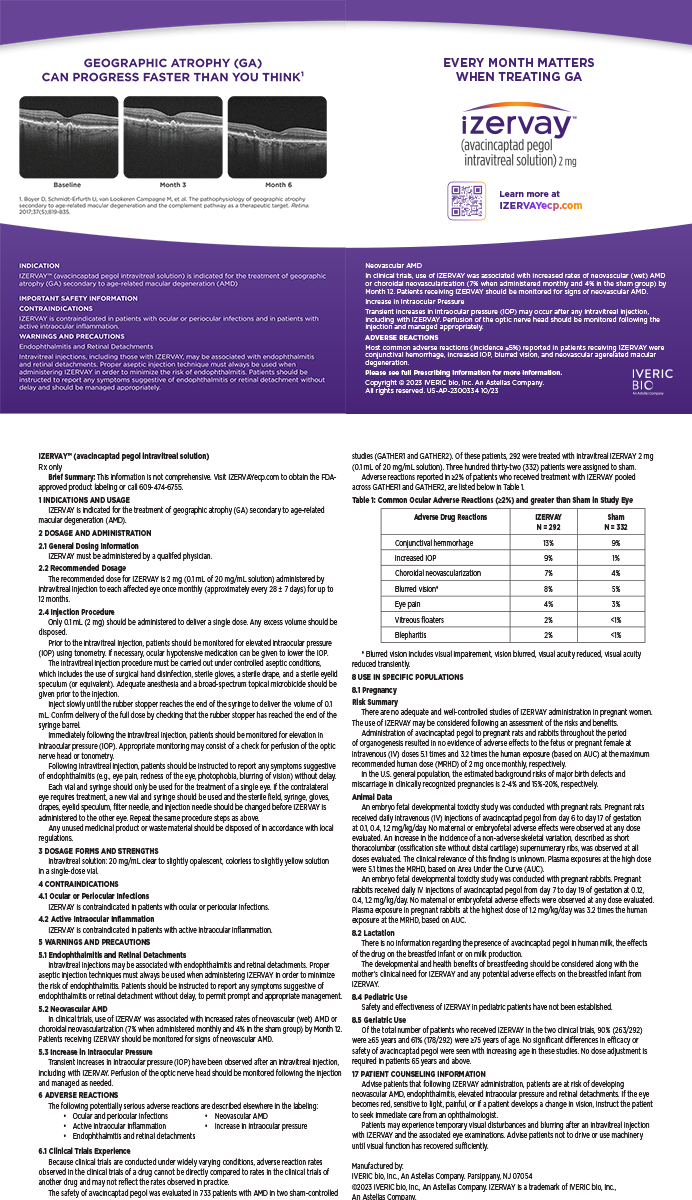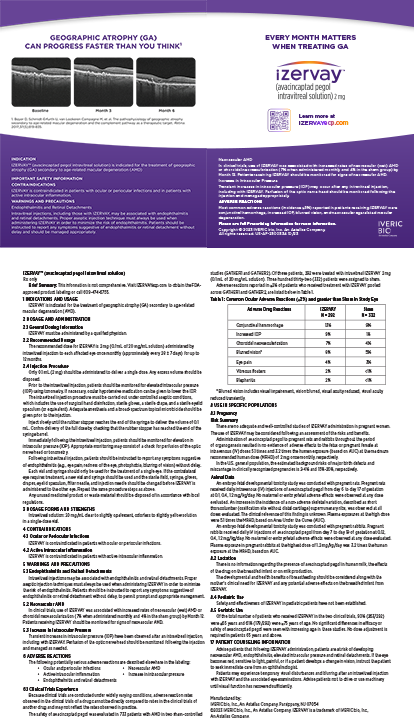The recent publication of the ESCRS study1,2 demonstrated the intracameral efficacy of cefuroxime for the prophylaxis of endophthalmitis after cataract surgery. The investigators recommended that surgeons consider intracameral cefuroxime prophylaxis for all cataract procedures.1,2 The studies validated the intracameral route of antibiotic delivery as effective for antibacterial prophylaxis, but perhaps the investigators involved did not choose the best agent available.4 The study did have some limitations. Table 1 shows the agents that have been used to date. I have used intracameral moxifloxacin (Vigamox; Alcon Laboratories, Inc., Fort Worth, TX) for antibacterial prophylaxis in cataract surgery in more than 1,500 cases since October 2004 without any incidence of infection or unwanted side effects. Intracameral Vigamox can be easily prepared from bottles of topical Vigamox by diluting it 5:1 with balanced salt solution (BSS; Alcon Laboratories, Inc.) in the OR. The preparation does not require Millipore filtration, and its yellow color makes confusing it intraoperatively with other coexisting syringes unlikely. The solution's simple use at the end of a case achieves antibacterial prophylaxis and pressurization of the anterior chamber simultaneously. The recent study of Espiritu et al4 confirms the safety of intracameral Vigamox up to a concentration of 500 µg/0.1 mL (five times the concentration I recommend). This article discusses my prophylactic process with this agent. MY PREVIOUS EXPERIENCE WITH INTRACAMERAL ANTIBIOTICS Vancomycin does not cover the 5 of reported endophthalmitis cases caused by gram-negative bacteria, and its use requires the relatively complicated dilution of the supplied lyophilized drug and filtering through a Millipore filter. I was afraid that the pharmacy might mix it with sterile water rather than BSS, so I, or the OR's ophthalmic circulating nurse, prepared the solution in the OR. I searched for a better agent, especially after 2002, when Canadian generic preparations of vancomycin began to be substituted in hospitals for the traditional product. Jeff Sher, MD, of Hamilton Health Sciences Centre in Ontario, Canada (verbal communication, summer 2002), discovered that generic vancomycin had been associated with toxic anterior segment syndrome (TASS), and he demonstrated an incompatibility of the drug with BSS. The traditional products were more expensive and therefore avoided by Canadian hospitals. In January 2004, fourth-generation fluoroquinolones became available, and the self-preserved nature of Vigamox eye drops made the drug an attractive potential intracameral agent. It was also very broad spectrum, could be simply diluted with BSS in the OR, and did not require Millipore filtration. I wanted to know more about the drug's intraocular safety, however, before using it. Donnenfeld et al performed a study of intracameral prophylaxis for cataract surgery in 40 cases using gatifloxacin 100 µg in 0.1 mL of BSS.5 Frances Mah, MD, from Pittsburgh has reported on intraocular toxicity studies of moxifloxacin that concluded that even full-strength Vigamox (500 µg/mL) was nontoxic to rabbit corneal endothelial cells.6 Moxifloxacin covered all reported endophthalmitis pathogens in both studies. INTRACAMERAL VIGAMOX The preparation of Vigamox for intracameral use is simple. A new bottle of Vigamox is opened in the OR. A 10-mL syringe with a 20-gauge needle is used to draw 2 mL of Vigamox into the syringe. The same needle is then inserted into a new 25-mL bottle of BSS, and 8 mL BSS is drawn up into the syringe. This combination yields a 5:1 dilution of the original 500 µg/mL Vigamox to 100µg/mL. Rolling the syringe promotes mixing of the solution, which is already well combined by the turbulence of drawing the BSS up into the syringe after the Vigamox. A 0.5-mL aliquot of the Vigamox mixture is injected from the same syringe, without changing the needle, into a small medicine cup on each case's scrub table just before it is needed. Next, the scrub nurse draws the solution into a TB syringe. She then attaches a 27-gauge hockey stick cannula to expel any air and all but 0.2 mL of the Vigamox solution. She hands the syringe to me, and I inject 0.1 mL of the Vigamox into the eye through the sideport incision, across the anterior chamber, and under the capsulorhexis' edge. This process bathes the IOL in moxifloxacin, achieving antibacterial prophylaxis and pressurizing the anterior chamber simultaneously, and it is the final step of the procedure. A 0.2-mL Vigamox solution is given to the surgeon, rather than only 0.1 mL, because the extra amount allows the surgeon to expel any air from the cannula before inserting it into the eye. IN SUMMARY Note: Throughout the article, the author generally used generic names for gatifloxacin and moxifloxacin, except where the drug used and the properties thereby achieved refer to a specific brand of product. Steve A. Arshinoff, MD, is a partner at York Finch Eye Associates, Humber River Regional Hospital, and on the academic staffs of the University of Toronto and McMaster University in Hamilton, Ontario) He acknowledged no financial interest in the products or companies mentioned herein. Dr. Arshinoff may be reached at (416) 745-6969; ifix2is@hotmail.com. |
Up Front | Apr 2007
Intracameral Moxifloxacin for Antibacterial Prophylaxis in Cataract Surgery
A review of my experiences.
Steve A. Arshinoff, MD


